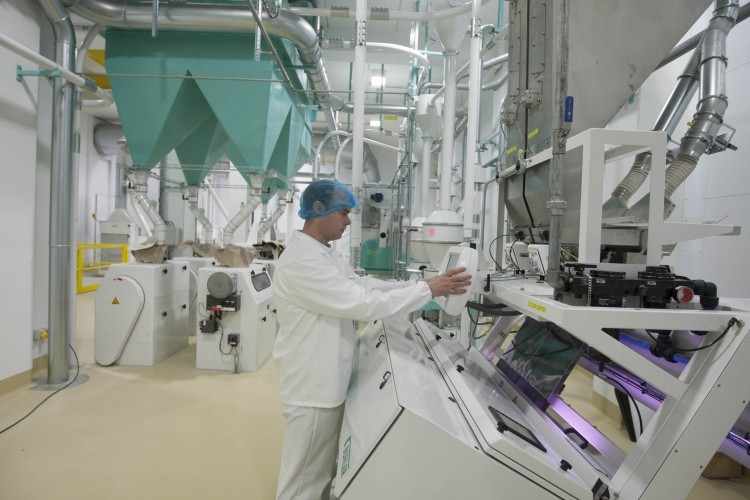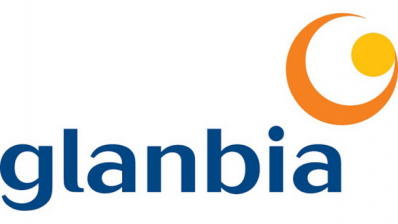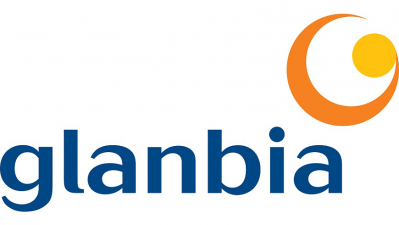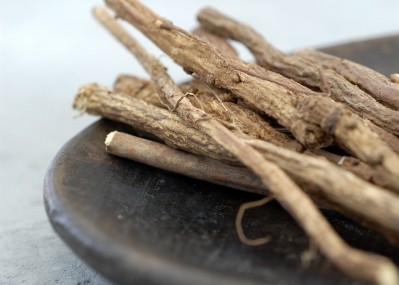Vitafoods 2015
Glanbia Nutritionals announces second ancient grain investment

After launching its 2,400m² gluten-free oat milling facility in Portlaoise, Ireland, last year, Glanbia would invest again in the site to enable it to produce oat flour, Yves Vantomme, Glanbia Nutritionals’ business development manager for ingredient technologies, told FoodManufacture.co.uk.
The site, which was opened last year, would mill 13,000t of gluten-free porridge oats this year, he said.
The ability to manufacture gluten-free oat flour in the future would allow it to target the functional food and drink sector, Vantomme claimed.
In production
“We’re making the business point [for the investment] on the commercial side and we would hope to have the product in production by the middle of next year,” he said.
Vantomme refused to disclose how much money would be invested in the site, but said it was likely new jobs would be created.
Meanwhile, Glanbia launched its 100% vegan plant proteins at Vitafoods yesterday (May 5).
The HarvestPro range, which is derived from the ancient grains flax and chia, could be incorporated into a wide range of applications including beverages, bars, baked goods and gluten-free foods, it said.
‘Upwards trajectory’
Carla Clissman, regional director, Glanbia Nutritionals Ingredient Technologies, said: “With new product introductions incorporating ancient grains on an upward trajectory, it is clear that consumers are seeking these ingredients and their inherent benefits in their diets.
“Following the launch of HarvestPro in North America this year, we’re excited to be leading the way in the development and diversification of plant protein sources with ancient grains, flax and chia in the European market.”
Ancient grains have been predicted to rise in popularity in the coming years as consumers continue to seek more ‘natural’ ingredients.
The facts about ‘exotic’ ancient grains
Amaranth: First discovered in Mesoamerica, amaranth has been cultivated for nearly 8,000 years and is not a grain, but a pseudo-cereal high in calcium and vitamin C. It has a significant history of consumption in Europe prior to May 15 1997 and is not a novel food.
Buckwheat: Despite its name, buckwheat is not a wheat. It is more closely related to sorrel, knotweed and rhubarb. It has a significant history of consumption in Europe prior to May 15 1997 and is not a novel food.
Chia: Chia has been the source of much debate in Europe and can be used only in bread products, as long as it makes up 5% or less of the final product. It is a novel food.
Freekeh: It’s Arabic translation means “to rub”, which refers to the process in which it’s prepared. Young green grains are picked, dried and roasted before having their husks rubbed off. There is no record of consumption in the EU and freekeh may be novel.
Kamut: Kamut is grown over 32,374ha in Montana in the US, and Saskatchewan and Alberta in Canada. It is high in protein and lipids. There is no record of consumption in the EU and it may be novel.
Millet: It is usually fed to animals in the west. There is no significant history of consumption of millet in the EU by humans and will need to be authorised for use.
Quinoa: The tiny quinoa seeds are not a true cereal. They are high in protein and are gluten-free. They have a significant history of consumption in the EU prior to May 15 1997 and are not a novel food.
Sorghum: This cereal grain originated in Africa and is still a staple food in Africa and India. Some strains are claimed to be high in antioxidants and sorghum husks are edible. It is not a novel food.
Spelt: Also known as ‘dinkel wheat’ or ‘hulled wheat’, spelt is a species of wheat. It was an important staple in several parts of Europe from the Bronze Age until medieval times. It has a significant history of consumption in Europe prior to May 15 1997 and is therefore not considered a novel food.
Teff: Sometimes called ‘William’s Lovegrass’ teff is native to Northern Ethiopia and is a source of vitamin C. It has a significant history of consumption in the EU prior to May 15 1997 and is not a novel food.
















